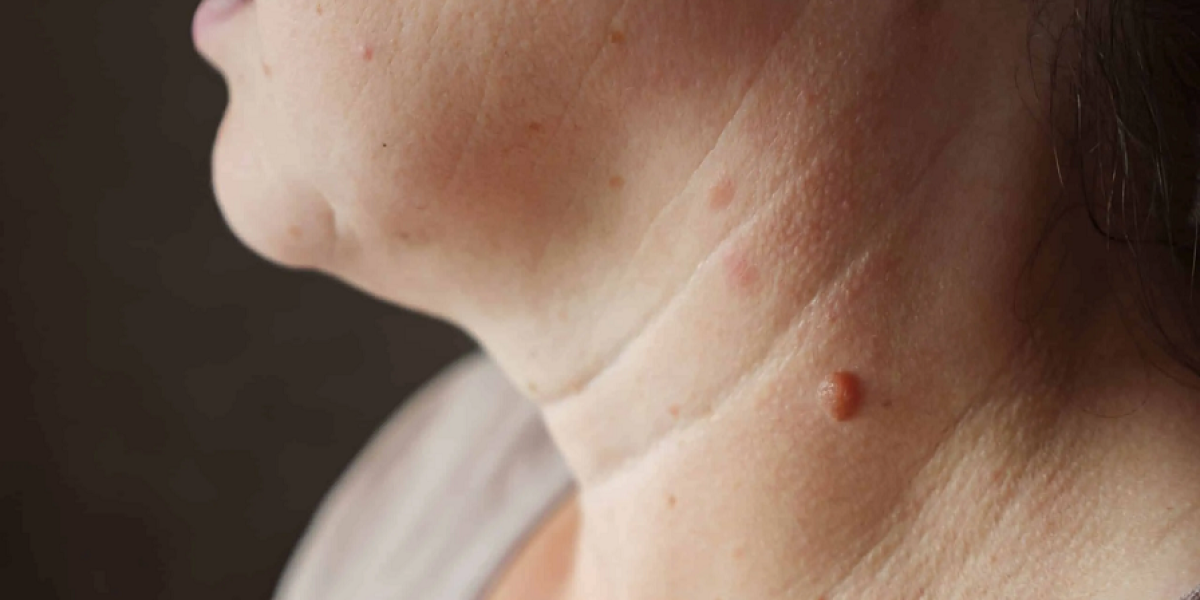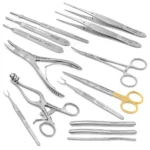Warts are small, benign skin growths caused by the human papillomavirus (HPV). They can appear on various parts of the body, including the hands, feet, face, and genitals. While many warts disappear on their own, some require medical intervention due to pain, irritation, or cosmetic concerns. Warts Removal Surgery in Dubai includes a range of procedures that eliminate the wart tissue from the skin. While generally safe and effective, patients often have concerns about pain during and after these treatments. Understanding the levels and types of pain involved can help manage expectations and improve the overall experience.
Pain During the Procedure:
Pain levels during Warts Removal Surgery (ما هو أفضل علاج لإزالة الثآليل؟) largely depend on the method used. Cryotherapy often causes a brief burning or stinging sensation as the skin freezes. Electrosurgery and laser therapy may cause a sharp or hot feeling during application. In most cases, local anesthesia or numbing agents are applied to reduce discomfort. Surgical excision may be slightly more intense due to cutting through tissue, but it is generally well-managed with anesthetic. The pain during the actual procedure tends to be short-lived, lasting only a few minutes, and is typically described as tolerable.
Post-Surgery Discomfort and Healing Sensations:
Following the procedure, some degree of pain, tenderness, or a burning sensation is expected in the treated area. The intensity of post-operative pain varies depending on the location of the wart and the depth of the removal. For instance, plantar warts on the soles of the feet may be more painful due to pressure from walking. Mild to moderate soreness is common and usually resolves within a few days. The treated area may also develop a scab or blister, which can be sensitive but typically does not require strong pain management.
Managing Pain After Removal:
To ease discomfort after warts removal, patients are advised to keep the area clean and avoid irritating the site. Over-the-counter pain relievers may be recommended to manage any soreness or inflammation. Applying ice packs or cold compresses can also reduce swelling and provide soothing relief. It is important to avoid picking at the treated area or exposing it to excessive moisture to prevent infections or delayed healing, which could worsen pain. Following post-operative care instructions closely can significantly minimize pain and promote smoother recovery.
Long-Term Sensations and Nerve Sensitivity:
In rare cases, patients may experience lingering discomfort after the initial healing period. This is more common when the wart was located near a nerve-rich area, such as fingers, toes, or the face. Some people report temporary numbness, tingling, or sensitivity in the area where the wart was removed. These sensations are usually a result of mild nerve irritation or trauma during the procedure and tend to resolve within weeks. However, if pain persists or worsens, it is essential to seek follow-up evaluation to rule out complications such as infection or nerve involvement.
Comparing Pain Levels Across Procedures:
When comparing pain levels between different wart removal techniques, cryotherapy is often considered to be the least painful, though it may require multiple sessions. Laser therapy and electrosurgery are moderately painful but effective for larger or more resistant warts. Surgical excision is usually reserved for deep or stubborn warts and may involve more significant discomfort during recovery. That said, individual experiences vary greatly, and psychological factors such as anxiety can influence the perception of pain. Patients often find that clear explanations and proper preparation reduce fear and make the process more tolerable.
Conclusion:
Although pain is a natural concern in any surgical procedure, Warts Removal Surgery (علاج الثألول) is generally associated with mild to moderate discomfort that can be managed effectively with the right care. Understanding the different methods, what to expect during and after the procedure, and how to care for the treated area can help minimize pain and improve outcomes. With today’s advanced techniques and supportive aftercare strategies, most patients report a smooth recovery and relief from the irritation or embarrassment caused by warts. Being informed and prepared is key to making the experience as comfortable as possible.












